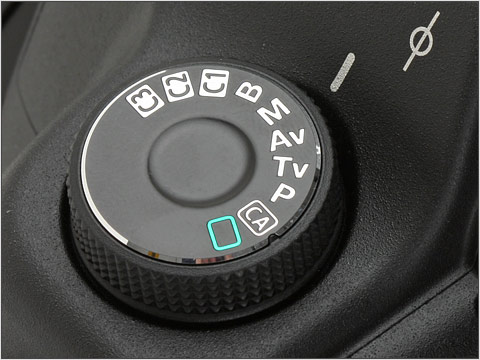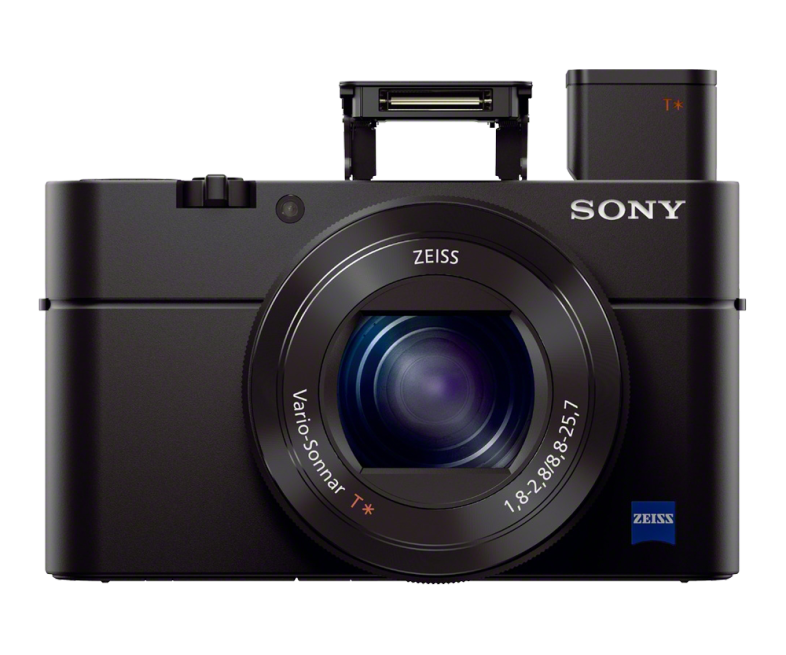
New underwater photographers are often confused by the modes on their camera. Manual? Auto? Priority? Here I will demystify the modes on your camera, so you can take the best possible underwater photographs.
*Please note that the best mode to choose will depend on whether you are using your flash, or using only natural light – which is why there are two sections below.

Taking Underwater Photos With Your Flash or Strobe
Using your camera flash or an external strobe to add color to your subject and help freeze the action is recommended especially when photographing close up subjects or subjects in deep water. Let’s discuss the different modes your camera may offer and how the added lighting may effect the outcome.
Auto Mode (A)
This mode should not be used, because you give up control of the flash on most compact cameras.
Program Mode (P)
In program mode, and the other modes below, you should choose “forced flash” to make sure the flash fires. The shutter speed is usually chosen at the camera sync speed of 1/60th, and the camera chooses the aperture. Use this mode only if it is the only choice.
Aperture Priority Mode (Av)
You choose the aperture, and the camera will choose the shutter speed, usually the camera sync speed of 1/60th. By choosing F8, you can block out as much ambient light as possible, resulting in a photo that has better color, contrast and sharpness. This is the preferred mode if you are trying to get TTL with an Inon or Sea & Sea strobe with a Canon compact camera.
Shutter Priority Mode (Tv)
You choose the shutter speed, and the camera chooses the aperture. This can be useful when you need to freeze the motion of a fast-moving object such as a sea lion or shark, when 1/60th of a second might be too slow.
Full Manual Mode (M)
This is the best mode to use, if your camera offers it. You choose the aperture and shutter speed. The only downside is that you loose TTL on Canon compact cameras, but that is not a big deal, as you simply set the strobe power manually.
Underwater Mode
This is generally just a white balance setting that the camera chooses to warm the image. Be careful using this mode with a flash, since it can make your underwater photos look red on many cameras. Carefully test this mode to see what kind of settings the camera is choosing.
Instant Recall Modes (C1, C2, etc.)
These are custom settings that you set and can “call back” with the turn of a dial or the push of a button. Read the full article here.
Taking Natural Light Underwater Photos Without a Flash or Strobe
When photographing large scenes in very shallow, sunny water, large wrecks, silhouettes, or sometimes black and white photos – you may choose not to use a flash, but to use only natural (ambient) light instead. Let’s look at the possible modes.
Auto Mode (A)
This mode should not be used, because you give up control of the flash on most compact cameras.
Program Mode (P)
Choose “Flash off” so the flash doesn’t fire. The camera will choose the aperture and shutter speed. This will often give decent results with ambient light photos.
Aperture Priority Mode (Av)
You choose the aperture, and the camera will choose a shutter speed. This is a good mode to use when you want to control the depth of field.
Shutter Priority Mode (Tv)
You choose the shutter speed, and the camera will choose an aperture. This is useful when you need to use shutter speed to freeze motion, or you want a slow shutter speed for creative effects.
Manual Mode (M)
Manual mode is useful when the other modes are not giving you the exposure that you want, for example when the sun is in the photograph. You set the aperture and shutter speed yourself.
Underwater Mode
Underwater mode automatically tries to color correct natural light photos. This can give decent results in very shallow water, but I suggest using one of the other modes above and using custom white balance if your camera offers it.












